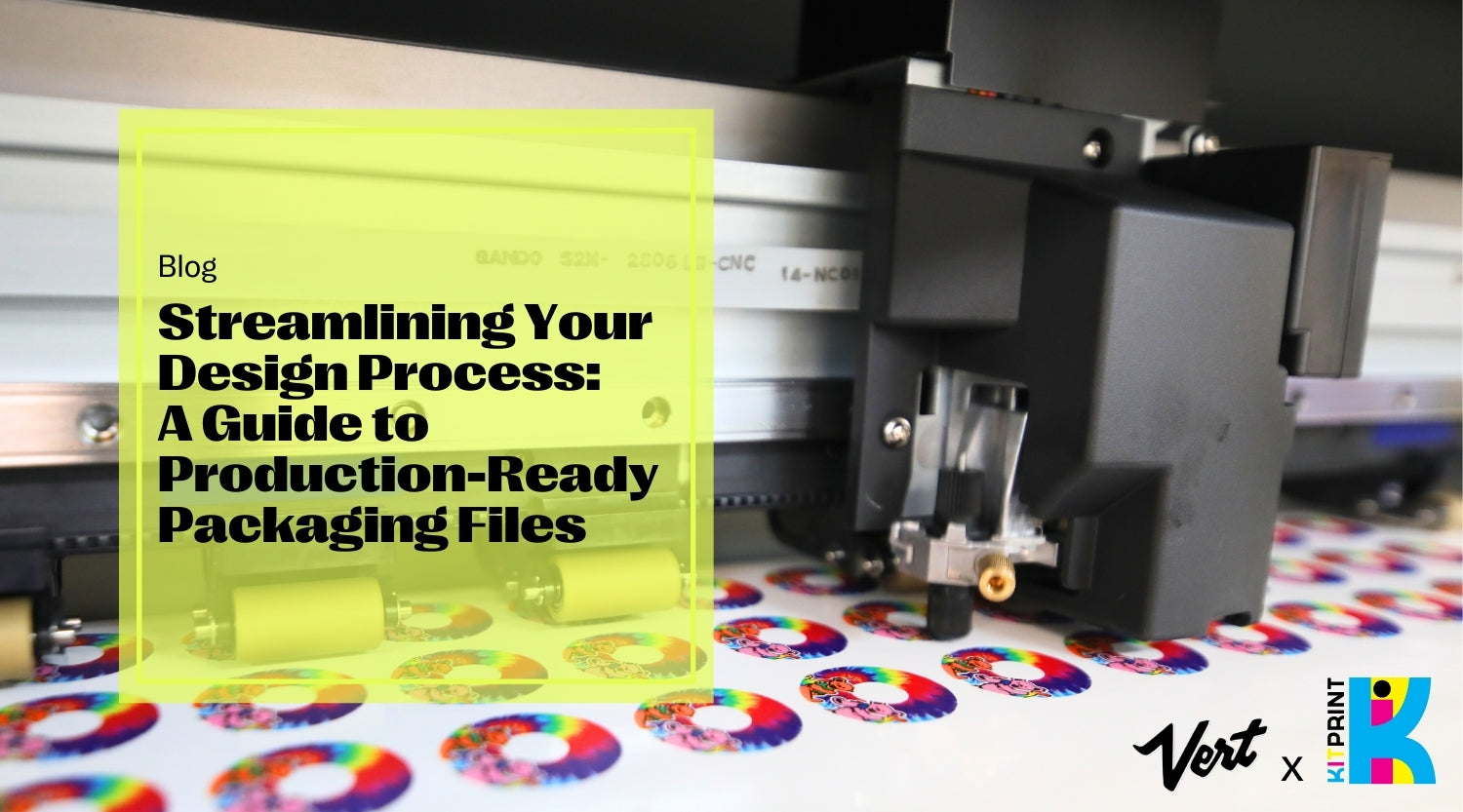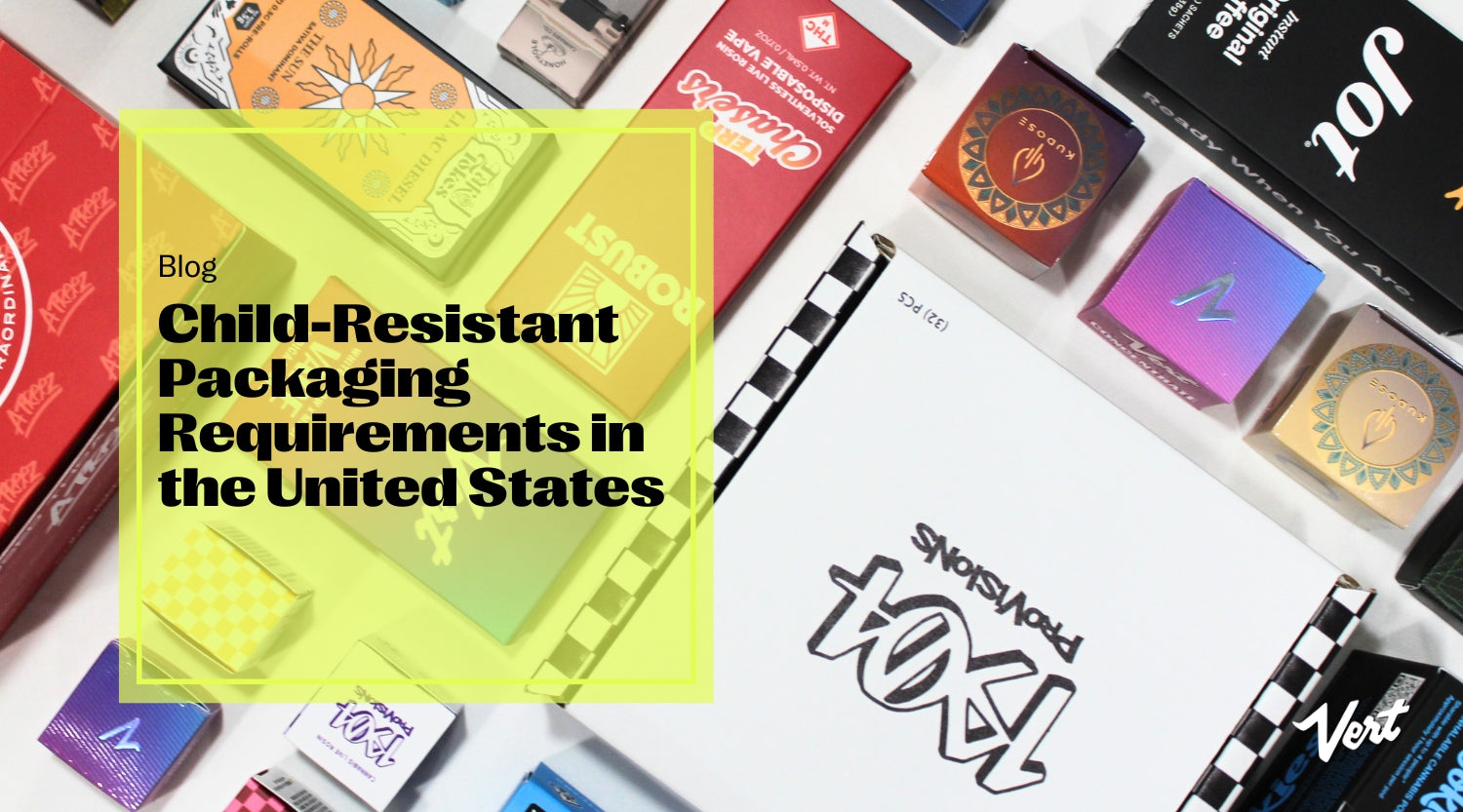Different types of packaging play a crucial role in protecting products, preserving their quality, and attracting consumers. Understanding the difference between primary, secondary, and tertiary packaging is essential for businesses to ensure their products are effectively presented and delivered to customers.
Product packaging is also important in streamlining supply chain management both financially and logistically. A clear understanding of your packaging needs can help lower your costs, optimize performance, and get better value from your logistics.
What Is Primary Packaging?
Primary packaging is the immediate container that has direct contact with and encloses the product. It's the first layer of protection for your goods and serves as the consumer's initial interaction with the product. It also defines the product's smallest unit of sale.

The main functions of primary packaging are:
- Preservation: It helps maintain the product's quality, freshness, potency, or unique characteristics.
- Protection: It safeguards the product from damage, contamination, and spoilage during transportation, storage, and display.
- Security: Some household items like cleaning products and medications must be sold in containers that conform to child-resistant packaging regulations to prevent accidental ingestion by young children.
- Communicating the product's characteristics: The primary packaging provides essential information to consumers, such as the product name, ingredients, usage instructions, and warnings.
- Brand identity: Primary packaging should enhance a brand's image and differentiate it from competitors.
- Building loyalty: Your packaging can help you stand out from the crowd and build a loyal customer base. For example, packaging that's easy to open, use, and dispose of will help you appeal to a broad range of customers with different needs. Using an environmentally friendly packaging material is another way of promoting loyalty among a certain demographic of customers.
Examples of Primary Packaging
- Bottles: Glass or plastic bottles for beverages, pharmaceuticals, and supplements
- Cans: Aluminum or steel cans for food and beverages
- Cartons: Cardboard cartons for food, electronics, and other goods
- Pouches: Plastic or foil pouches for snacks, coffee, and other goods
- Blister packs: Plastic packs with molded cavities for pharmaceuticals, electronics, and other small items
Vacuum-Sealed Primary Packaging
Many retail goods, foods, and beverages can be perfectly packaged and transported in regular packaging vessels like glass bottles or thin cardboard boxes. However, other products have more advanced requirements. Baked goods or perishable food items like meat benefit greatly from a vacuum seal that protects the product from moisture and air.
Research suggests that vacuum seals eliminate the damage caused by oxidation by removing air in the storage process. This means the freshness of the product will last 3-5 times longer (page 8 of the PDF) than other products not stored in vacuum-sealed packaging.
What Is Secondary Packaging?
Secondary packaging—or grouped packaging—is the container that holds multiple primary packages. Primary and secondary packaging differ in that primary packaging holds the product itself while secondary packaging is designed to group individual units together for easier handling, shipping, and display. It can also work to pull together all the separate elements of primary packaging when there are multiple parts to a single product.

For example, electronic devices are placed in their own boxes and sealed; this is the device's primary packaging. Multiple units are then placed in a larger container—for example, a corrugated cardboard box. This makes it easier to distribute at the end of the supply chain. The larger box containing all the goods in their primary packaging is the secondary packaging.
Secondary packaging examples include:
- Corrugated boxes: Corrugated cardboard boxes used to group multiple products together for shipping.
- Shrink wrap: Plastic film that is heat-sealed around a group of products.
- Display boxes: Attractive boxes designed to showcase products on retail shelves.
- Trays: Plastic or cardboard trays used to hold multiple products together.
Secondary packaging plays a vital role in protecting the product during transportation and storage. It's especially important when the primary packaging material is fragile—for example, glass bottles.
Secondary Packaging Streamlines Stacking in Stores
Every consumer will recognize the distinctive cardboard boxes used to hold multiple units of one product on grocery store shelves. For example, jars of the same mayonnaise or jelly are often held within an open cardboard box. This helps to organize and display products effectively on retail shelves. This packaging also helps workers stack products both at the point of sale and in the warehouse.
Secondary Packaging Is Protective
Packaging should be able to withstand hiccups like falling off the cart or knocks while being transported. Bear in mind that a simple cardboard box with no extra protection is often not enough for fragile or high-ticket items. That's why the packaging industry uses a wide range of materials like packing peanuts, bubble wrap, or paper pulp to give products extra protection.
Does Secondary Packaging Need to Be Aesthetically Pleasing?
Secondary packaging typically needs to be aesthetically pleasing when it is intended for direct consumer interaction. This includes:
- Retail displays: Secondary packaging is often designed to be visually appealing and attract consumers on retail shelves.
- Gift boxes: For products that are intended as gifts, secondary packaging is often designed to be attractive and festive.
- Premium products: High-end or luxury products may use secondary packaging that is designed to reflect the product's premium status.
In contrast, secondary packaging for products that are not intended for direct consumer interaction, such as those that are shipped directly to businesses or warehouses, may not require the same level of aesthetic appeal. However, even in these cases, secondary packaging should still be designed to be functional and protect the product during transportation and storage.
What Is Tertiary Packaging?
Tertiary packaging is the outermost container that holds multiple secondary packages. It's primarily used for shipping and transportation purposes. Examples of tertiary packaging include:
- Pallets: Wooden or plastic pallets used to stack and transport products efficiently
- Stretch wrap: Plastic film used to secure products on pallets
- Shipping containers: Large containers used for transporting products over long distances
- Crates: Crates are used to protect and transport products and are typically wooden or plastic
Tertiary packaging ensures the safe and efficient transportation of products from manufacturing facilities to distribution centers and retail stores. As such, it must be made of durable and reliable material that will ensure the goods make it from point A to B in their original condition.
Challenges and considerations for businesses:
- Cost: The choice of tertiary packaging materials and design can impact costs. Balancing protection and efficiency with cost-effectiveness is important.
- Sustainability: There is increasing pressure to use sustainable packaging materials and minimize environmental impact.
- Regulations: Compliance with packaging regulations, such as those related to hazardous materials or recyclability, is essential.
- Supply chain integration: Tertiary packaging must be compatible with the overall supply chain, including transportation methods, warehouse operations, and distribution networks.
Tertiary packaging is an essential component of the supply chain, providing protection, efficiency, and potentially sustainability benefits. Businesses can optimize their operations and ensure the safe and timely delivery of their products by selecting and implementing appropriate tertiary packaging solutions.
Packaging Is a Fundamental Aspect of Your Business
Understanding the different types of packaging is essential for businesses to ensure their products are effectively protected, presented, and delivered to consumers. Primary, secondary, and tertiary packaging serve unique purposes, from protecting individual products to facilitating transportation and display.
Businesses should select the most appropriate packaging solutions to enhance product appeal, protect product quality, and ultimately drive sales. Contact us to learn more about our vacuum-sealed and child-resistant primary packaging options and how they can be game changers for your business.




Leave a comment
This site is protected by hCaptcha and the hCaptcha Privacy Policy and Terms of Service apply.